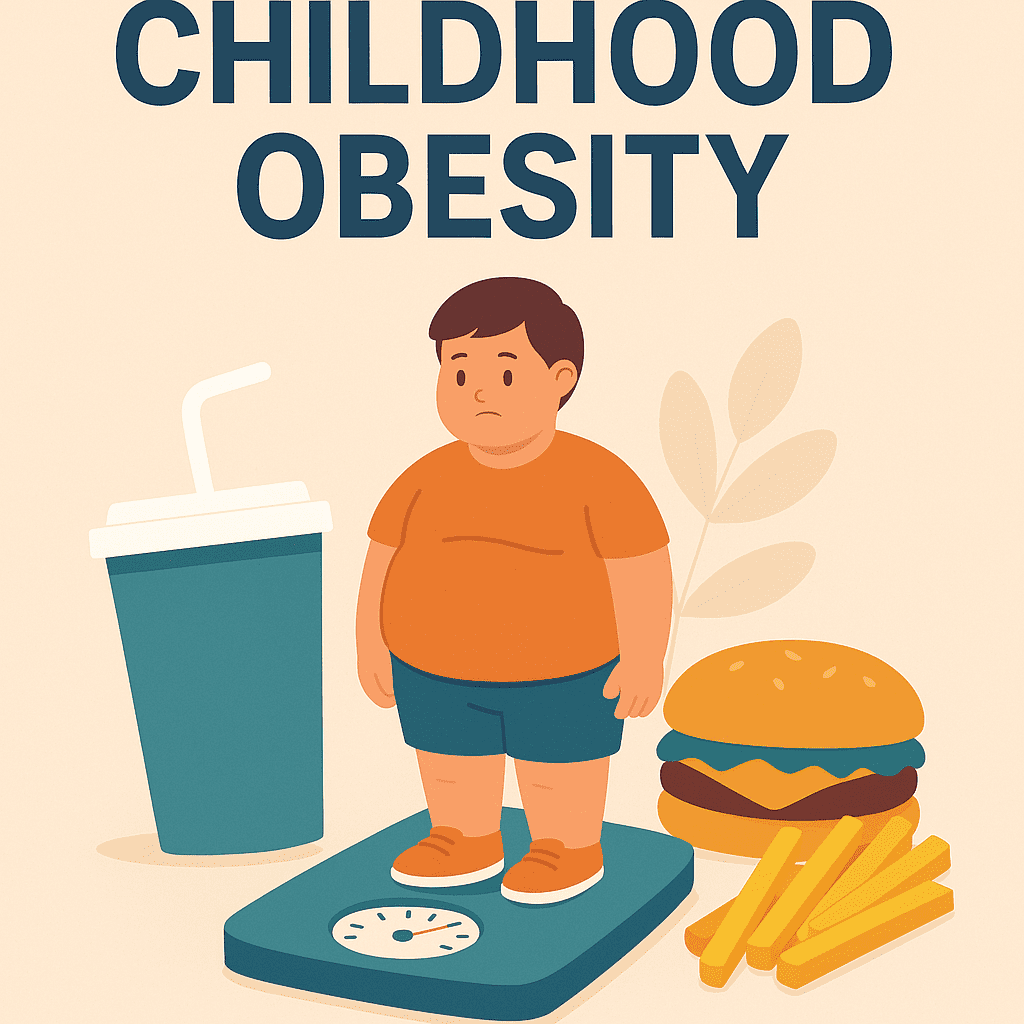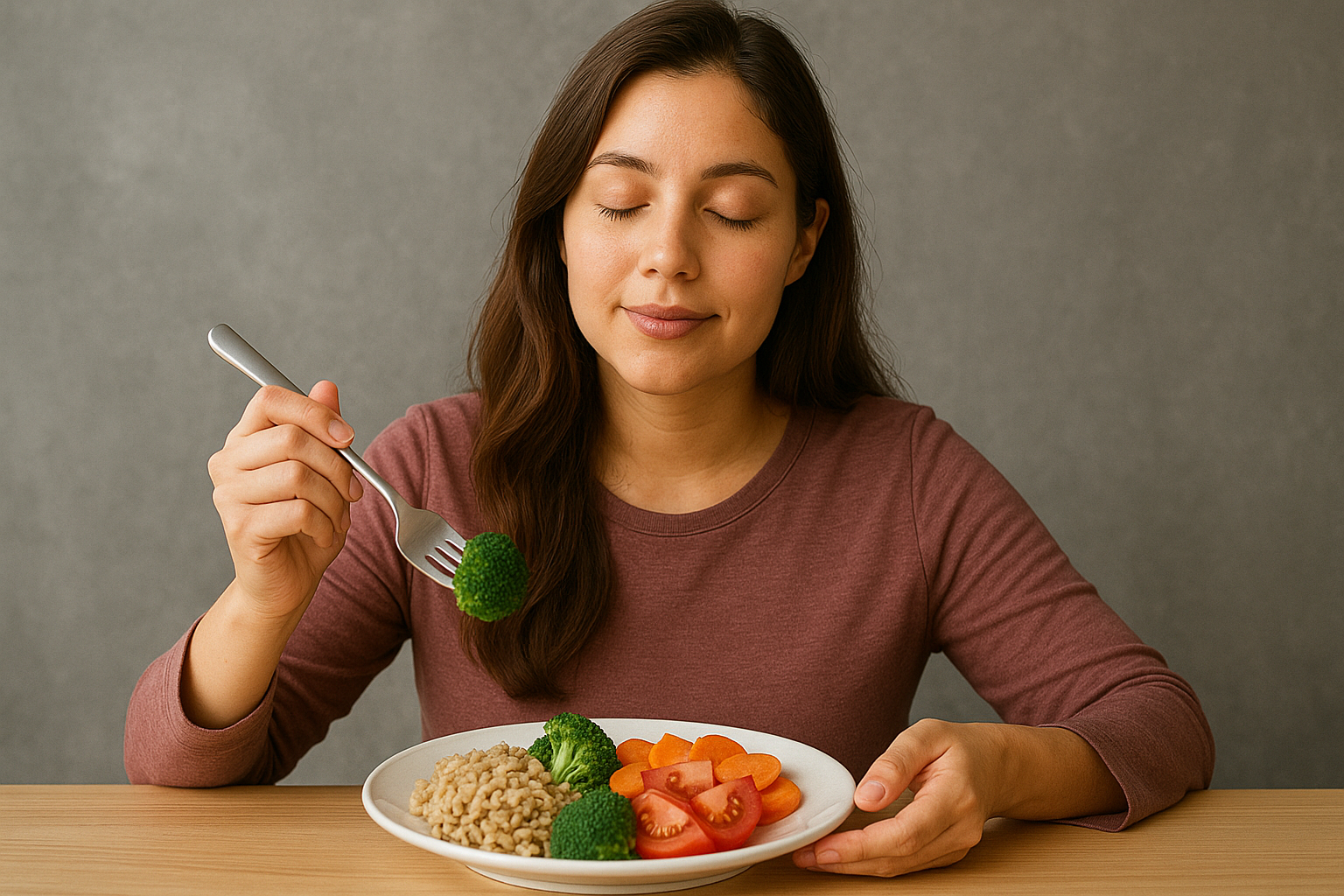Obesity occurs when you consume more calories than you burn, and certain foods make it easier to overeat due to their high calorie content and low satiety. For example, sugary drinks like soda (Healthline) can add hundreds of calories without filling you up, while processed snacks like potato chips lack fiber, leading to overconsumption.
Surprising Fact: Processed Foods Drive Overeating
It’s surprising that processed foods may increase “protein hunger,” causing people to eat more calories to meet protein needs, as shown in a study with over 9,000 Australians (Labroots).
Tips for Healthy Eating
Focus on whole, minimally processed foods like fruits, vegetables, and whole grains. Drink water instead of sugary drinks, and cook at home to control ingredients. Consult a healthcare professional for personalized advice.
Detailed Analysis of Foods to Avoid for Obesity Prevention
This analysis explores the foods linked to obesity, drawing from extensive research and guidelines from reputable health organizations such as the Harvard T.H. Chan School of Public Health (Harvard T.H. Chan School of Public Health), the Centers for Disease Control and Prevention (CDC) (CDC), the American Heart Association (AHA) (American Heart Association), and the National Institutes of Health (NIH) (NIH). The findings are based on web searches and detailed reviews of scientific literature, ensuring a comprehensive understanding of dietary impacts on obesity.
Background and Methodology
Obesity is defined as excessive fat accumulation that presents a risk to health, often measured by a Body Mass Index (BMI) over 30. It results from a sustained positive energy balance, where calorie intake exceeds expenditure. Dietary patterns, particularly the consumption of certain foods, play a critical role in this balance. This report synthesizes data from multiple sources, including observational studies, clinical trials, and public health guidelines, to identify foods that contribute to obesity and should be avoided.
Foods to Avoid and Their Impact
The following table lists the categories of foods to avoid, specific examples, and their associated risks, based on the evidence gathered:
| Category | Examples | Impact on Obesity |
|---|---|---|
| Processed Foods | Frozen meals, instant noodles, packaged snacks | High in calories, sugar, and unhealthy fats; linked to decreased satiety and increased meal eating rates (GWU). |
| Sugar-Sweetened Beverages | Soda, fruit drinks, energy drinks | High in added sugars, contributing to calorie surplus; linked to type-2 diabetes and heart diseases (QuikDr). |
| Refined Grains | White bread, white rice, pastries | Lack fiber, spike blood sugar levels, and contribute to weight gain (Harvard T.H. Chan School of Public Health). |
| Red and Processed Meats | Beef, pork, hot dogs, sausages | High in saturated fats and sodium, associated with increased obesity risk (Medical News Today). |
| Fried Foods | French fries, fried chicken, doughnuts | High in calories and trans fats, linked to weight gain and obesity (Healthline). |
| Foods High in Trans Fats | Margarine, shortening, some cookies, crackers | Increase bad cholesterol, reduce good cholesterol, and contribute to obesity (Medical News Today). |
| High-Fat Dairy Products | Butter, full-fat cheese, ice cream | High in saturated fats and calories, can lead to fat deposition if consumed excessively (QuikDr). |
| Sweets and Desserts | Candies, cakes, pies | High in added sugars and calories, daily consumption increases obesity risk (QuikDr). |
| High-Carbohydrate Foods | Potatoes, white rice, pasta | High in starchy carbohydrates, can store unburnt fat, increasing obesity risk (QuikDr). |
Detailed Findings
- Processed Foods: Studies, such as one published by the George Washington University School of Medicine and Health Sciences (GWU), highlight that ultra-processed foods are linked to decreased satiety and increased weight gain. A study involving over 9,000 Australians tested the protein leverage hypothesis, suggesting that low-protein, high-fat, and high-carbohydrate processed foods drive overeating (Labroots). Examples include frozen meals and packaged snacks, which are often cheaper and convenient but contribute to the obesity epidemic.
- Sugar-Sweetened Beverages: The CDC recommends replacing sugary drinks with water or 100% juice (CDC), as they add significant calories without nutritional value. Healthline notes that these beverages, like soda and energy drinks, are linked to type-2 diabetes and heart diseases (Healthline).
- Refined Grains: The Harvard T.H. Chan School of Public Health identifies Western-style dietary patterns, including refined carbohydrates, as linked to obesity (Harvard T.H. Chan School of Public Health). Refined grains like white bread and pastries lack fiber, leading to rapid blood sugar spikes and increased calorie intake.
- Red and Processed Meats: Both the AHA and Medical News Today emphasize limiting red and processed meats due to their high saturated fat and sodium content, which are risk factors for obesity (American Heart Association, Medical News Today). Examples include beef, pork, and sausages.
- Fried Foods: Fried foods, such as French fries and fried chicken, are high in calories and trans fats, contributing to weight gain. A study from Healthline links these foods to obesity, noting their high calorie density (Healthline).
- Foods High in Trans Fats: Trans fats, found in some margarines and processed foods, increase bad cholesterol and decrease good cholesterol, as noted by Medical News Today (Medical News Today). This imbalance can contribute to obesity and related health issues.
- High-Fat Dairy Products: QuikDr lists butter and full-fat cheese as high in calories and saturated fats, which can lead to fat deposition if consumed excessively (QuikDr). Moderation is key, as dairy can also provide essential nutrients.
- Sweets and Desserts: High in added sugars, sweets like candies and cakes contribute to calorie surplus, increasing obesity risk. QuikDr recommends limiting intake to once or twice a week (QuikDr).
- High-Carbohydrate Foods: Potatoes and white rice, high in starchy carbohydrates, can store unburnt fat, increasing obesity risk, as per QuikDr (QuikDr). The NIDDK also mentions avoiding high-glycemic index foods like potatoes for NAFLD, which is related to obesity (NIDDK).
Additional Considerations
While these foods are associated with obesity, individual responses vary due to genetics, lifestyle, and environmental factors. The CDC emphasizes the importance of physical activity and access to healthy foods (CDC). The AHA suggests reading nutrition labels to limit sodium, added sugars, and saturated fats (American Heart Association). Notably, a surprising finding is that processed foods may drive overeating due to “protein hunger,” as evidenced by a study with Australians (Labroots).
Recommendations for Prevention
To prevent obesity, focus on a balanced diet rich in fruits, vegetables, whole grains, lean proteins, and healthy fats, as recommended by the Harvard Healthy Eating Plate (Harvard T.H. Chan School of Public Health). Drink water instead of sugary drinks, and engage in regular physical activity, such as 60 minutes daily for children aged 6–17 (CDC). Consult a healthcare professional for personalized dietary advice, especially for conditions like NAFLD (NIDDK).
This analysis confirms that avoiding processed foods, sugar-sweetened beverages, refined grains, red and processed meats, fried foods, trans fats, high-fat dairy, sweets, and high-carbohydrate foods can help prevent obesity. These findings align with public health guidelines and scientific studies, providing a robust basis for dietary recommendations.
Reference:
- Food and Diet Obesity Prevention Source Harvard T.H. Chan School of Public Health
- Preventing Childhood Obesity 6 Things Families Can Do Obesity CDC
- The American Heart Association Diet and Lifestyle Recommendations
- Eating highly processed foods linked to weight gain National Institutes of Health NIH
- 11 Foods to Avoid When Trying to Lose Weight Healthline
- 14 Foods to Avoid if Trying to Lose Weight Medical News Today
- Eating Diet Nutrition for NAFLD NASH NIDDK
- Processed Foods Highly Correlated with Obesity Epidemic in the U.S. School of Medicine and Health Sciences
- Foods That Cause Obesity Diet For Obesity Patient QuikDr
- Processed Foods Linked to Obesity Trending Labroots



